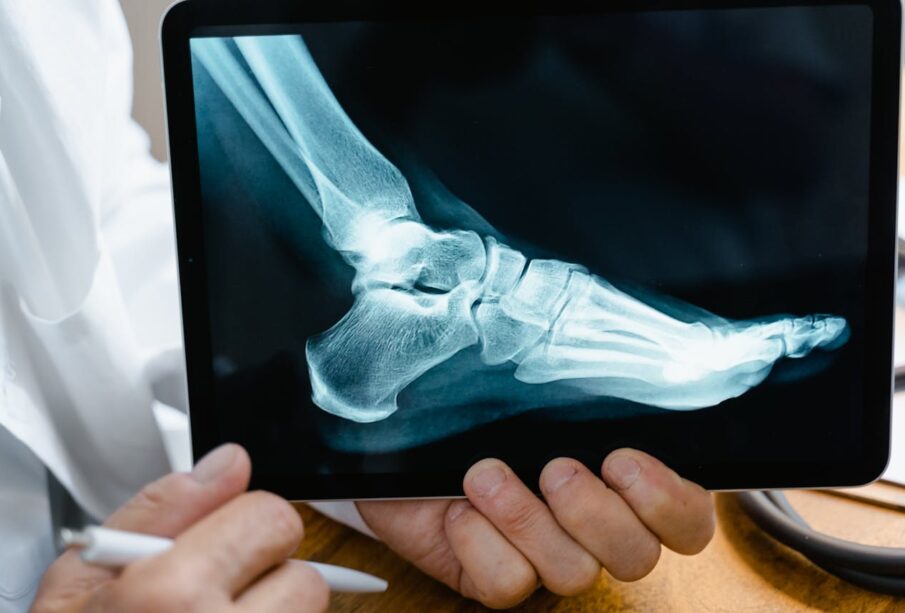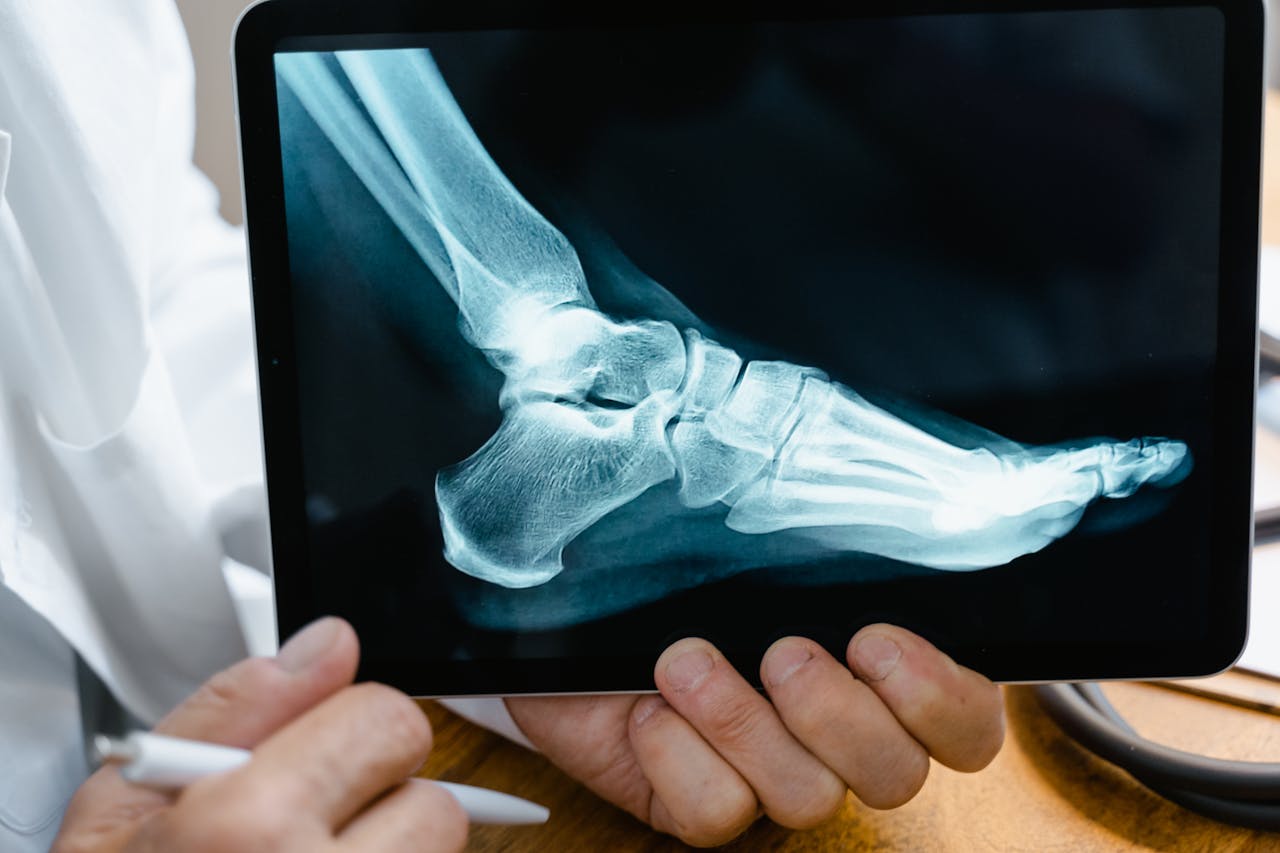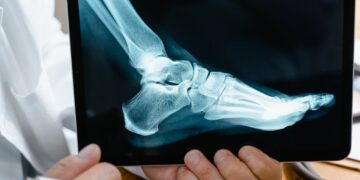What to Expect from Hammer Toe Surgery

A hammer toe might start out as a minor annoyance, such as a slight bend or stiffness in your toe, but over time it can become very painful, limiting your ability to walk and move comfortably. Treatment typically begins with exercises, splints, padding, or orthotics, but when these no longer provide you with any relief, surgery may be the next step. If this is where you think you’re heading, here’s a quick overview of hammertoe surgery, why it’s needed and how long it takes to recover from the procedure.

What Is a Hammer Toe?
A hammer toe occurs when the middle joint of the toe bends upward, whilst the end of the toe points down (like a claw). It often develops due to muscle imbalance, tight shoes (especially pointed toes or high heels), or an injury or trauma to the toe. Over time, this misalignment can cause calluses, corns, or chronic pain, particularly when wearing enclosed shoes. While mild cases may respond to exercises or footwear changes, surgery may be needed to permanently correct the deformity.
Types of Surgery to Treat Hammer Toe
There isn’t a one-size-fits-all approach to hammer toe surgery, as it depends on how rigid the joint has become and the severity of the deformity. Specialised hammertoe surgeons will assess your condition and recommend the most suitable of the following options to achieve the best outcome for your situation.
Joint Resection
In a joint resection, part of the bone from the affected joint is removed to allow the toe to straighten. This procedure helps restore flexibility in the toe and reduces your pain. A small pin or wire is used to hold the toe in position while it heals, which is typically removed after a few weeks.
Tendon Transfer
A tendon transfer involves repositioning the tendons that cause the toe to bend abnormally, allowing the toe to lie flat and function more naturally. This option is often recommended for flexible hammer toes where the joint has not yet become stiff or fixed.
Fusion
Fusion surgery, also called arthrodesis, is a common treatment for severe or rigid hammer toes. This option removes the damaged portions of the joint, fuses the bones together using a small pin or screw, and permanently straightens the toe.
Amputation
Although rare, amputation may be considered in extreme cases where the deformity is severe, chronic infection is present, or blood circulation is poor. It’s generally a last resort when other surgical options cannot relieve pain or restore function.
Recovery and Results
Recovery after hammer toe surgery varies depending on the type of procedure, but most people can weight bear on their heel or use a surgical shoe within a few days, though complete healing can take several weeks. Swelling, stiffness, or mild discomfort are common but tend to improve over time. Rest, elevation, and wearing the appropriate footwear are key to achieving the best outcome from your surgery.
Freedom Starts with Healthy Feet
Hammer toe surgery can be life-changing for people who have lived with ongoing pain or difficulty wearing shoes for long periods of time. Whether the surgery is minor or more complex, the end result is the same: a straighter toe, a smoother walk, and a renewed sense of freedom in every step.












